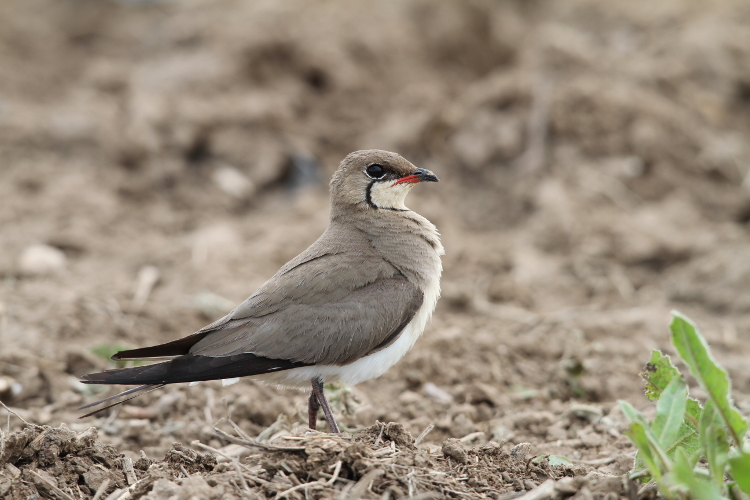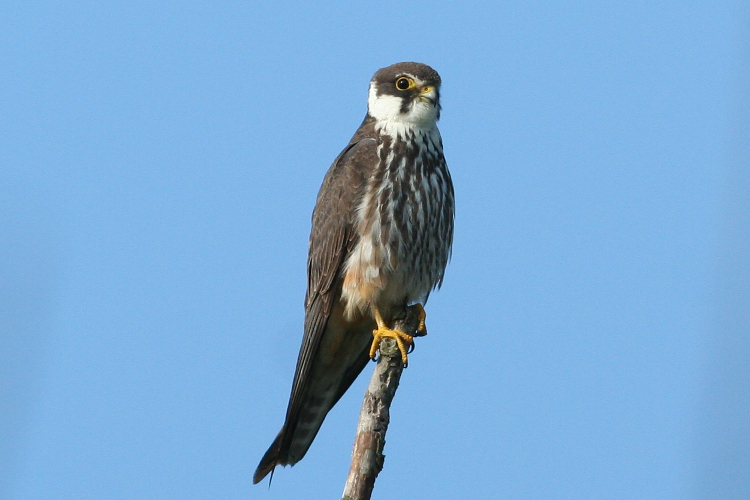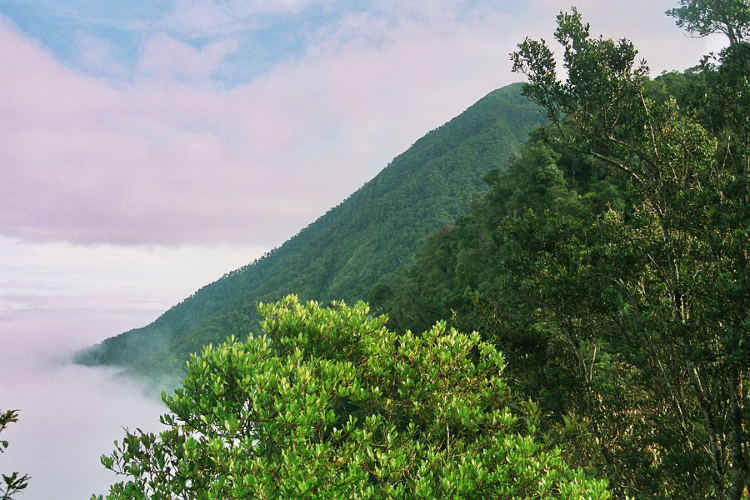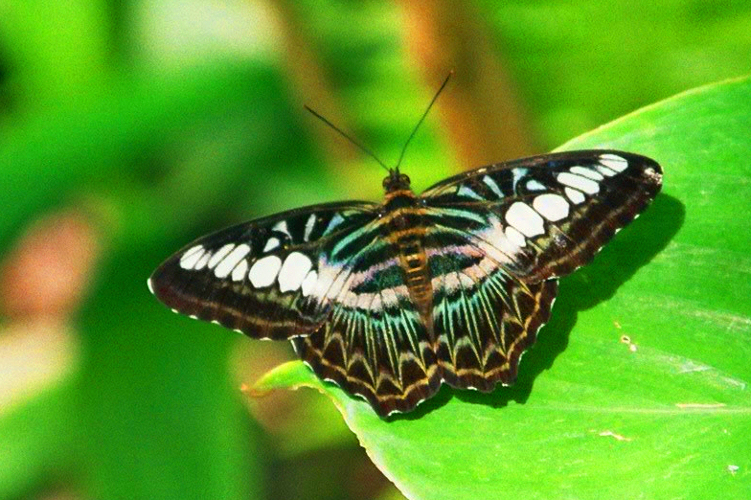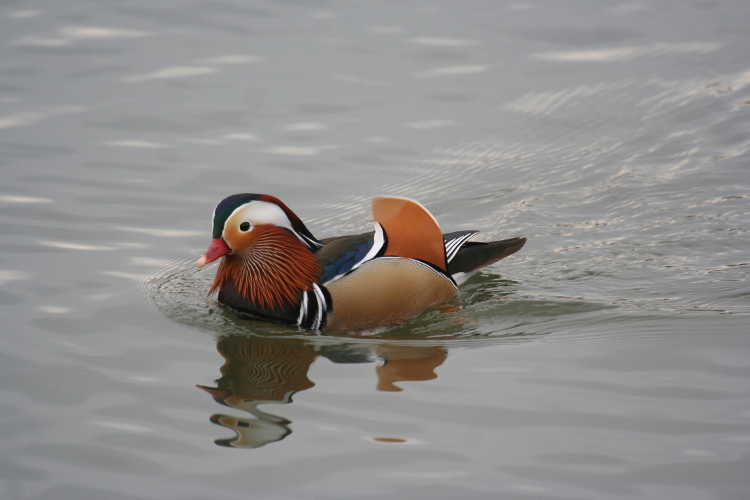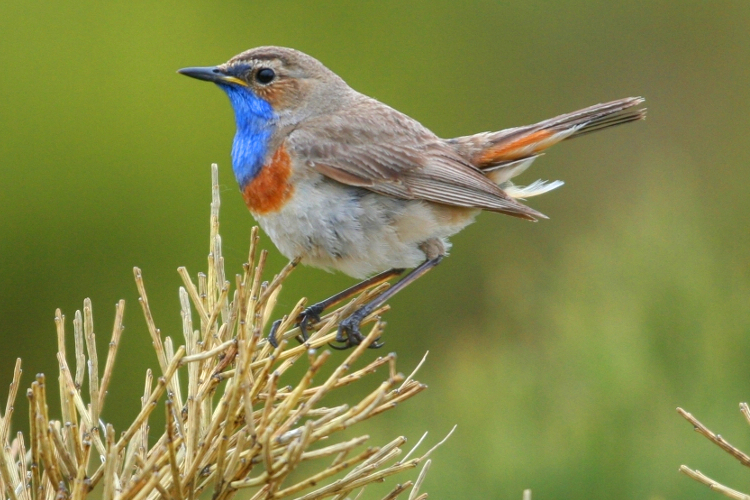LINKS





orientalbirdclub
Ayuwat Jearwattanakanok's PG
Tim Laman's WP
Festival de la photo de Montier-en-Der
National Geographic
Birds of the World
IOC World bird list
www.wikiaves.com
orientalbirdclub
www.ornitho.lu
www.faune-grandest.org
www.ornitho.ch
Guislain Simard's macro-photo
jewel-beetles
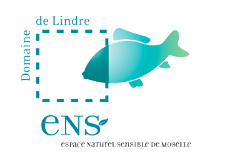





ARIZONA
It is between 1990 and 2000 that I could visit on several occasions the south-west of the United States from which I could admire the many natural wonders of California and more particularly of Arizona. Arizona is one of its mythical states of American south-west expensive to in love with big spaces and the decorations of western; the large-canyon remains impossible to circumvent for in love ones with nature, but this state books many of other points of excursion and observation, also (even more) spectacular.

It is the south-eastern part of Arizona which shows the most interest for the hikers and nature-lovers; the two principal reserves are Saguaro NM and Chiricahuas NM but lot of other points may be of major interest; Chiricahuas is reputed as the best spot for birdwatching in the region.
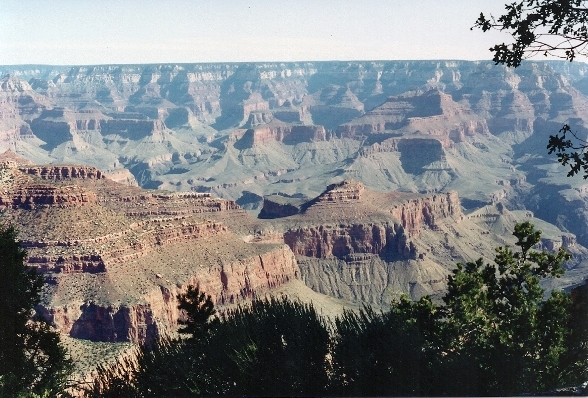
This part of Arizona, half-desert-like contains some pieces of wooded areas that form the Coronado forest. The hiker can expect to meet various kind of creatures by day or night, from raptors to javelinas, coyotes, jackrabbits or many reptiles, Arachnids and insects of any size. While I was walking in the meadows of the Mexican border, I stopped on a specimen of black-and-white click-beettle from which size was approximatively 3cm length; I took photo-shot of him, using an old reflex-box canonT80 with a 50mm lens, no need to proceed with the macro for an individual of such size! This beautiful insect belongs to the widespread chalcolepidius widespread on both Americas; its larva grows in the decaying stocks of ponderosa pine-woods where it probably purchase and eat other larvae of wood-boring insects.
I noticed too presence of numerous reptiles, lizards and snakes among them popular, colorfull and inoffensive milk-snakes and rattle-snakes who may be preferably avoided.
And at night, quantity of unusual creatures are showing themselves, night-birds, bats, scorpions and so on...Arizona is desert only by name.
Saguaro NM
This reserve is located near Tucson, it contains a course pratiquable by car and offers of it a large panorama of the biodiversity of the semi-desert zones of the area with all kinds of visible or hidden creatures, leaving during the night, fatty plants of all kinds; the animals, small or large are innumerable, that you see them or not, since the spiders and the scorpions with the typical raptors (like the Harris hawk or the burrowing owl) and with the roe-deers.
Reptiles remains quantity considerable of fauna of desert, as rattlesnakes (it is to better avoid rubbing with certain species), popular and inoffensive milk-snakes and king snakes, very poisonous coral snake, many species of lizard like collared lizard, horned lizards, Gila monster (it is, with the beaded lizard of Mexico one of rare the species of lizard which is poisonous), etc; the horned lizards are curious small reptiles whose silhouette points out a little that of a clamping plate and who can move with very sharp pace on the ground; they have a curious mode of defense against their enemies: captured or driven back, the horned lizard defends itself by evacuating a net of blood by the side of the eye.
There exist several species of these reptiles in the south of the United States. Very many mammals are present in the reserve, since the squirrels spermophiles with the coyote and the roe-deer; much of them is night as the bat of which some play a crucial role in the pollination of the flowers.
Organ Pipe Cactus NM
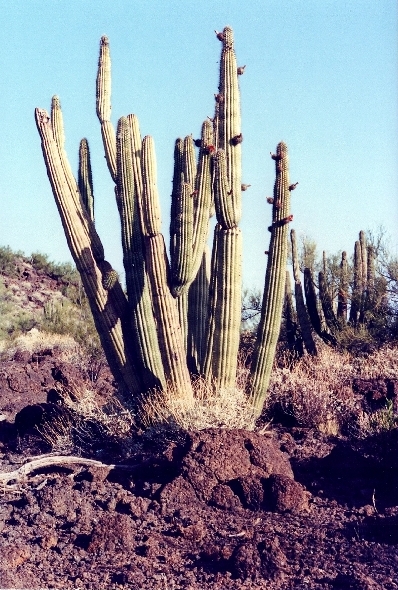
Organ Pipe Cactus is located near Ajo, city crushed by the heat located between Gila-Bend and the border of Mexico, the site has much resemblance to Saguaro Nm and the biodiversity is very large there, in spite of a desolated aspect of the landscape which is offered to the visitor; many typical species of birds of the desert are present, most common there and representative are the cactus-wren, the phainopepla or recollet (a passerine related with the waxwing), the verdin of the desert (which is not without evoking a kind of penduline tit of the desert), the Gambel's quail, the Gila's woodpecker, road-runner, etc… Among the mammals, one will be able to discover several species of antelope-squirrels, the javelina, the stag and with a little more chance the coyote. The moufflon is also present in the reserve but he prefers the rocky slopes located a little in altitude; I could observe some on the slopes of the Pinacote volcano, located on the adjacent part at Mexico; the kangaroos-rats are another speciality of the sesertic zones of the south of the United States but it is the night that one is lucky the most to see them.
Lastly, not too much not to count on the observation of two larger cat-like of the American continent: the jaguar admittedly was already seen in the south of Arizona but he prefers the shrubbier regions like the park of Chiricahuas; when with the mountain lion, present it is true in all the area like in Mexico, it is fond of the mountainous regions rather.
